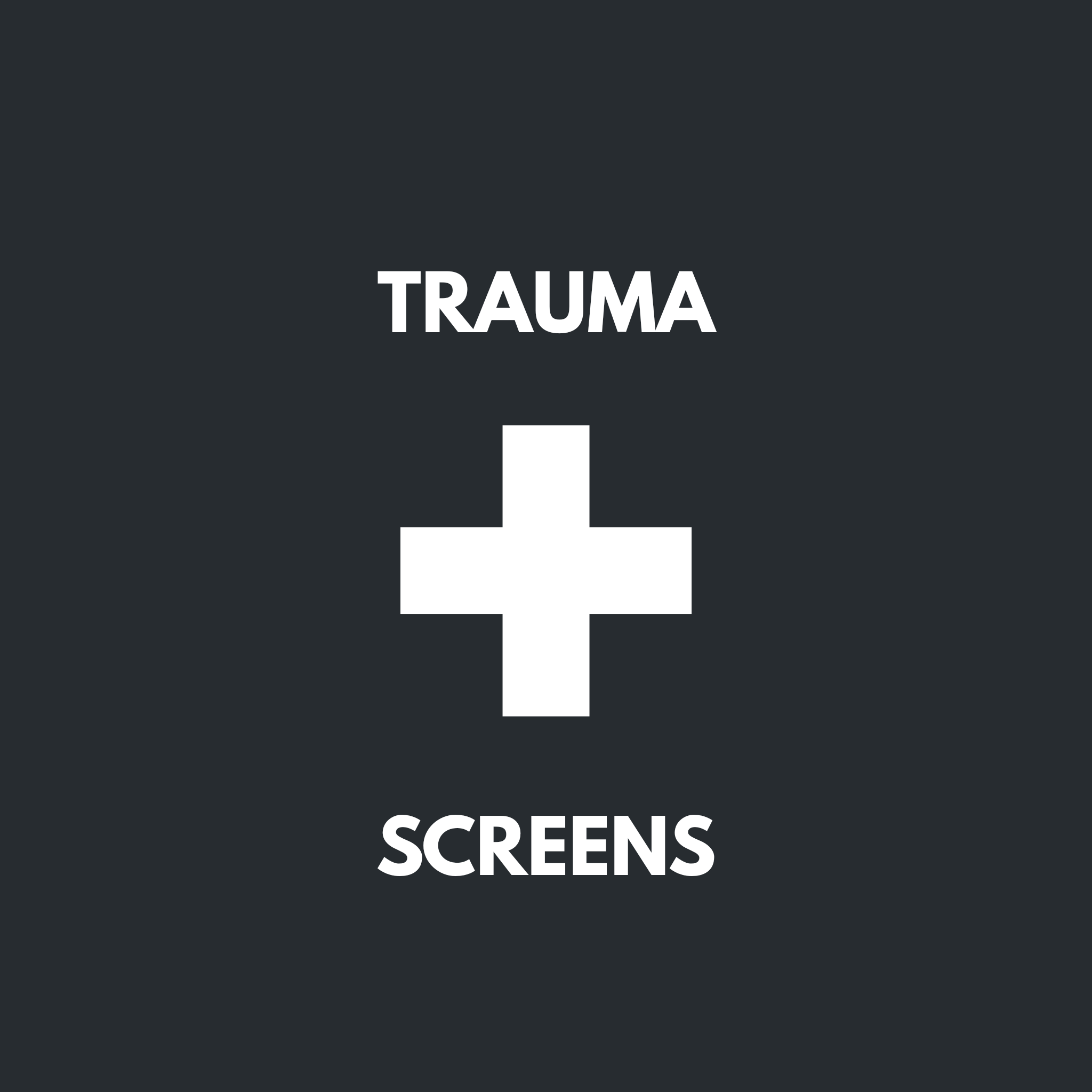
We recently chatted with a mom who has an adopted son from foster care. Due to past trauma, she explained that he could experience things differently…one of those things is video games. The moment we heard her story, we wanted to know more and understand how the Screen Sanity community could help by raising awareness.
When did you begin to worry about screens exacerbating the effects of his past trauma?
Answer: When my son was in first grade, his teacher had a “bring your device day”; as a reward system for the students. I was hesitant about this reward program from the beginning. Even though the students were not allowed internet access, I was worried they would have been able to access games or apps if they had downloaded them before they went to school. That is exactly what happened, but what my son saw and how he was impacted was worse than I could have imagined. A fellow student showed him a game called Slendrina. The cover image alone is terrifying to anyone, let alone a child with an overactive sympathetic nervous system. The object of the game is to find a set number of objects to escape while being chased by this Scream-inspired ghost, Slendrina. He only saw the game for a moment, but that one moment was enough to trigger a high level of anxiety, which resulted in nightmares in the evening and fear during the day for months.
Why do you feel compelled to advocate for your son’s needs?
Answer: My son is innocent by nature and also curious. Due to underdevelopment in the prefrontal cortex, which is more common than you might think, he has a hard time separating reality from fiction, and that can cause a lot of fear and anxiety. It’s a tricky balance, holding your child’s trauma, their invisible need. On the one hand, you need to advocate for them, speak their needs, and stand up for the things that they can’t. On the other hand, you want to protect their story because it’s theirs to share. Everyone doesn’t always understand us. We can be perceived as extreme or overbearing, but people don’t see what happens after the exposure of the overstimulating thing, whatever it may be. They don’t have to calm down the hyperactivity or stand watch through the night terrors. Therefore, we stick to what our gut tells us to protect our son’s needs.
What does that look like?
Answer: We have a pretty small circle of safe friends. As our son gets older, some peers have less supervised play dates, so we need to surround ourselves with people who share similar values meaning no screen time or video games, and if they happen, there must be supervision. We are fortunate to have a very understanding community that communicates with each other very well. If our son does want to have a play date with someone that isn’t in our close circle, we have to be willing to ask the hard, sometimes awkward questions like, ”Do you allow phones or computers in the bedroom?” and“ Do you watch things above a specific rating?” and other questions. As a parent, it’s my job to ask those questions. I can handle the awkwardness if I ask the questions, he can’t always handle the after-effects if I don’t.
This story represents just one angle that we hear often about the potential unintended consequences of “bring your own device” parties in classrooms. We’ve heard many – including NUMEROUS stories about exposure to porn – as the content stored on the devices (and sometimes the networks they can access) are able to bypass the school’s restrictions.